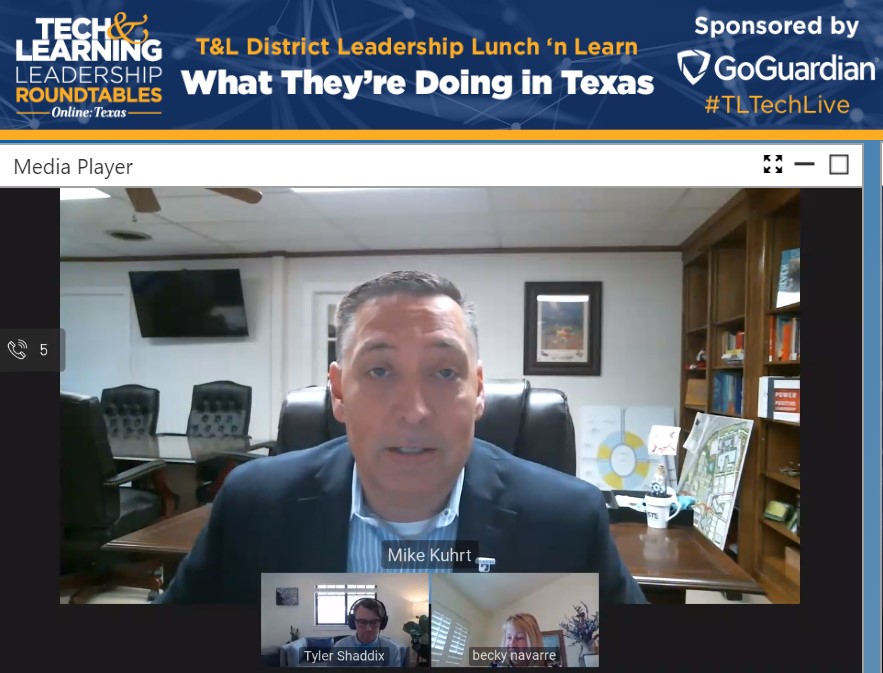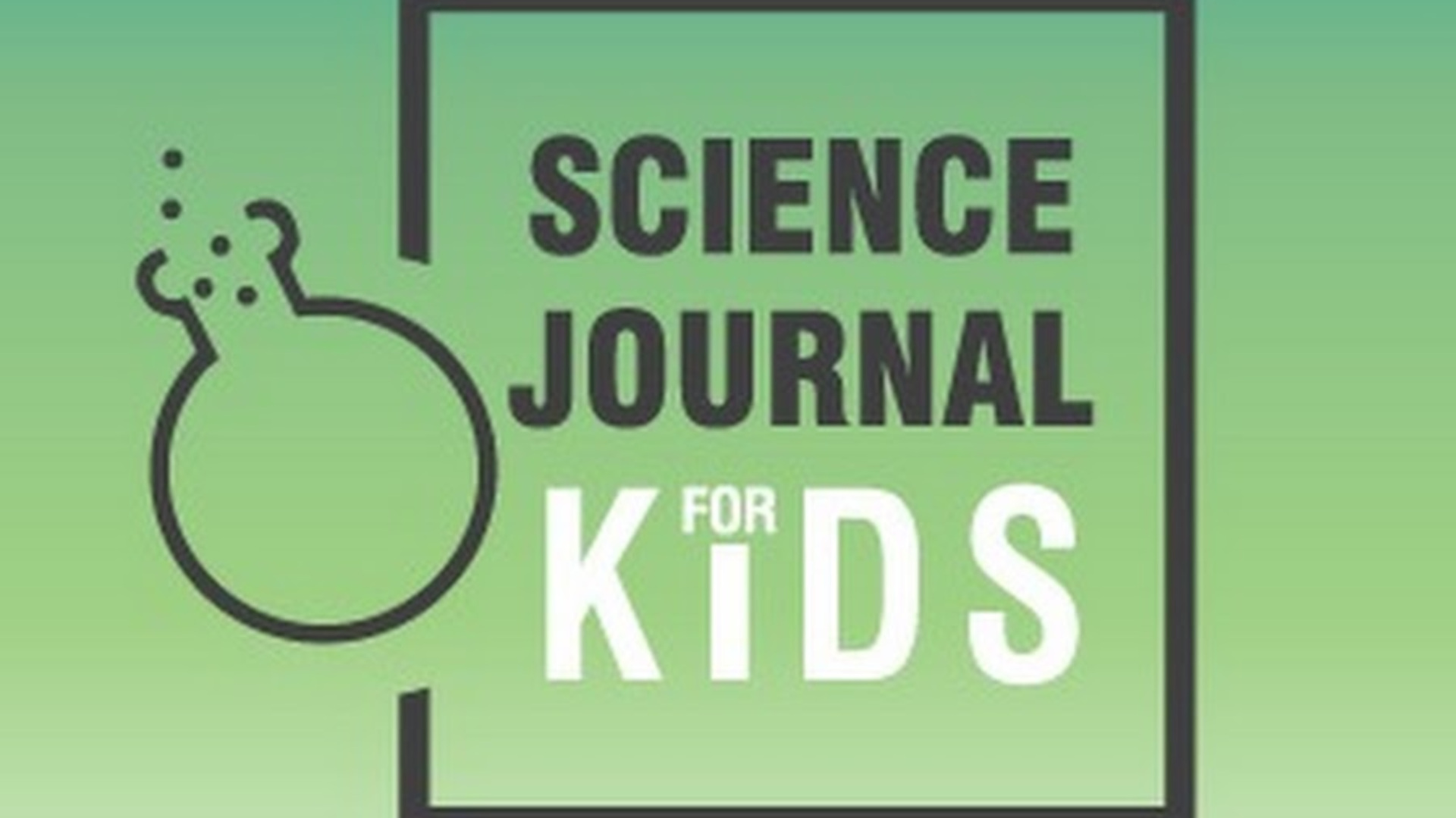Tech & Learning Remote Learning Series: What They're Doing in Texas
District leaders from small, medium, and large districts discussed how they are meeting diverse needs as they roll out remote learning programs

In Texas, the needs of teachers, students, and families across the state vary greatly as they face long-term school closures. In this Lunch ‘n Learn Remote Learning Webinar Series, district leaders from small, medium, and large districts discussed how they are meeting these diverse needs as they roll out remote learning programs. In addition to ensuring teachers are delivering effective instruction in this all-new teaching environment, these leaders talked about how they are supporting other aspects of the well-being of their communities.
Watch the on-demand version here
Key Takeaways
Stay connected with students. Mike Kurht, Superintendent, Wichita Falls ISD, talked about how in the first week alone, the district had more than 16,000 Google meetings with students, but also realized that there were 200 students who they had no contact with because they’re either at other residences or in other towns. “Our student contact info was not as good as we thought,” said Kurht. The district will focus next fall on getting better information to start.
Slow your roll. As a first-year superintendent of a small school district (547 students), Mikayle Moreland, Superintendent of Boles ISD, talked about how the district has had to compensate for the lack of resources by not rushing in but working smarter not harder, which includes being creative, planning quickly, communicating clearly, keeping things simple, and being flexible. It’s also been important to provide ongoing professional development for staff.
Stay vigilant against computer viruses. Becky Navarre, Assistant Superintendent of Educational Technology at Fort Worth ISD discussed how the entire district network was felled by a malware attack just before spring break and the need to shift to remote learning. All devices (teachers and students) were off-line, and access was limited. The district is 1:1, but had to reset every password for 86,000 students plus staff, and also rebuild everything on the fly while trying to provide remote learning with restricted or no access. A blog and FAQ was created that featured remote learning advice and how-tos for students, parents and teachers, covering topics such as how to use Google Classroom, how to screencast, and how to use a whiteboard. This provided information and answers for when the Help Desk wasn't available.
Leadership in chaos. Jamie Wilson, Superintendent, Denton ISD, a full-service district of 32,000 students, shared the quote: “Leadership in chaos draws out what is already inside of you, you either take risk and lead, or let those depending on you falter.” He discussed working with students and families and moving them from the “fear zone” through the “learning zone,” and ultimately, to the “growth zone.” The district focused on providing professional development for teachers so that they have been more comfortable accessing the LMS and teaching remotely, which in turn has helped the students and parents be comfortable with the process.
A new remote learning world. Tyler Shaddix, Chief Product Officer for GoGuardian, talked about how everyone is still figuring out things and how the pieces of remote learning have changed beyond simply giving students devices and trying to find access. Device use and instruction has changed dramatically, and the use of digital communication has surged, such as the use of video conferencing and chatting. Shaddix also presented a demo of the GoGuardian platform, including its Admin, Teacher, and Beacon (student mental health) tools, and how the platform can be used to interact and stay connected with students.
Tech & Learning Newsletter
Tools and ideas to transform education. Sign up below.
Special needs, special attention. The panel discussed how they’re trying to work with students with special needs, and the importance for communication among all the stakeholders. For example, in Wichita Falls, since all the preK-8 lessons are the same across the district, it has allowed the SPED department to provide modifications for students, said Mike Kurht.
Making the grade. The panel also discussed how they’re addressing grading, using scales such as “making progress.” Also the need for grace in assessing students with all the extenuating circumstances. Some districts, such as Wichita Falls, are considering going to simple "progress/no progress" format.
What’s next? The panel talked about how this experience is going to change their education careers, including trying to find positives in being forced to deliver remote learning, how public schools need to be appreciated as community resources, and how the old “sage on a stage” teaching model is most likely going to be replaced by a more interactive model inspired by remote learning experiences.
Lunch 'n Learn with Tech & Learning
This report is part of Tech & Learning's District Leadership Lunch ‘n Learn Roundtable series, hosted by Dr. Kecia Ray. In this series, districts from across the U.S. share their strategic plans, the challenges they are facing, and the creative solutions they are using to support students and teachers. Access previous webinars and register for our upcoming events here.
More from T&L: Lunch 'n Learn roundtable recaps
Ray Bendici is the Managing Editor of Tech & Learning and Tech & Learning University. He is an award-winning journalist/editor, with more than 20 years of experience, including a specific focus on education.
